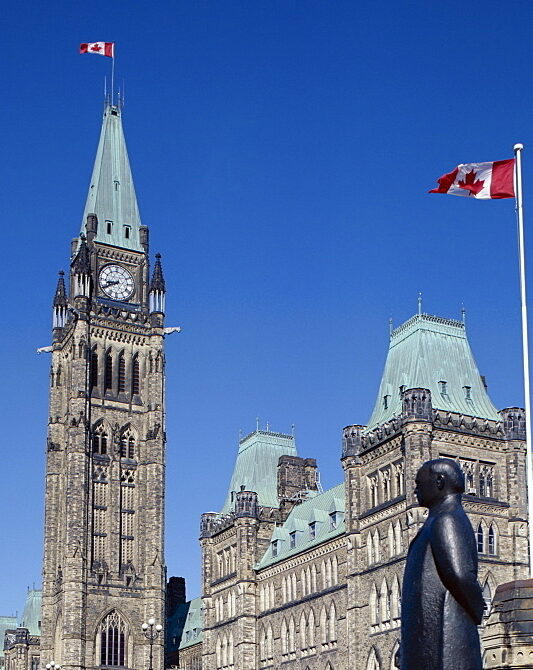Tax Court Rules on Salary vs Shareholder Loans: Case Study Insights
June 28, 2025
Sector:
Why Small Businesses Must Prioritize Accurate Bookkeeping
As a Chartered Professional Accountant (CPA, CA) in Canada, I have seen firsthand how technical tax rules and financial reporting requirements can challenge even the most diligent business owners. A recent Tax Court of Canada ruling in Malamute Contracting v. The Queen provides crucial insight on the sometimes-blurry line between salary and shareholder loan payments, and highlights why accurate financial record keeping is not just best practice—it’s a necessity for compliance and long-term success.
Case Background: The Malamute Contracting Story
Malamute Contracting, a company specializing in kitchen and bathroom renovations, is owned and operated by David and Danielle Lynch. Like many Canadian small businesses, the Lynches split their responsibilities, with David managing operations and Danielle handling the books. Unfortunately, their approach to recording and remitting employee payments attracted the scrutiny of the Canada Revenue Agency (CRA).

Payroll vs. Shareholder Advances: The Payments in Question
From January 2018 through March 2019, Malamute issued regular biweekly cheques to the Lynches, often labeling them as “payroll.” While the payment amounts were usually consistent, Danielle’s limited experience in bookkeeping meant that tax and Canada Pension Plan (CPP) remittances were made only for January and February 2018. Thereafter, payments were recorded as shareholder advances, and no further remittances were made.
CRA’s Assessment and Legal Position
The CRA took the position that all payments after February 2018 were, in substance, salary—not shareholder loans. This meant Malamute was responsible for missed payroll source deductions, including income tax and CPP, plus penalties for non-compliance. The essence of the CRA’s argument was that the character of payments at the time they are made—rather than later adjustments in the books—determines their tax treatment.
Key Findings: The Role of Bookkeeping Expertise
During trial, it became clear that Danielle Lynch’s well-intentioned, but ultimately flawed, bookkeeping practices played a pivotal role in the dispute. She used an online government calculator to estimate withholding taxes, causing inconsistent cheque amounts and misapplied remittances. Lack of professional bookkeeping guidance led directly to the CRA’s adverse assessments.
Technical Takeaways and Practical Implications
- Nature of Payments: The Tax Court of Canada emphasized that the tax treatment hinges on the true character of payments when they are made. Recording a payment as a shareholder loan after the fact will not override its original intent or usage if it was, in reality, salary.
- Financial Documentation: Small businesses must maintain meticulous records, contemporaneously documenting payment types, justifications, and supporting calculations for all owner withdrawals.
- Remittance Obligations: Failing to remit payroll deductions on time can result in significant interest and penalties, even when errors are inadvertent or made by inexperienced staff.
- Professional Advice: Engaging a CPA or a professional bookkeeping service is invaluable. Tax rules governing owner-manager compensation are complex and evolve frequently, particularly in the context of tax planning for incorporated businesses.
Broader Implications for Canadian Small Businesses
The Malamute Contracting case should serve as a cautionary tale for small businesses and entrepreneurs across Canada. It demonstrates how the lack of technical expertise—even with the best intentions—can expose owners to unnecessary risk. Accurate bookkeeping and strategic compensation planning are essential to avoid costly disputes with the CRA.
How Kreston GTA Can Help Small Businesses Remain Compliant
At Kreston GTA, we recognize the mounting pressures faced by financial reporting teams and owner-managers in Canada’s evolving tax environment. Our team of highly skilled CPAs, tax specialists, and advisors provides a full spectrum of services tailored to ensure your business remains compliant and strategically positioned for growth. Our offerings include:
- Cloud Bookkeeping and Payroll Services: Automate and streamline your processes with expert oversight.
- Personal and Corporate Tax Preparation: Ensure every deduction and credit is optimized.
- Tax and Estate Planning: Minimize long-term tax liabilities and protect your legacy.
- Assurance and Audit: Reliable public and non-public financial statement audits.
- Comprehensive Advisory Services: Access to industry-leading professionals for all your business needs.
Conclusion: Invest in Professional Bookkeeping to Avoid Tax Surprises
The lesson from Malamute Contracting v. The Queen is clear: small business owners must treat accurate, timely, and technically sound bookkeeping as a critical part of their business strategy. Whether dealing with salary vs. shareholder loan issues or broader tax compliance questions, seeking ongoing professional guidance is the best defence against unwanted CRA attention and costly errors.
For more information on how Kreston GTA can support your business’s financial health, contact us today or visit our page on Bookkeeping. Also, discover our Tax Planning Solutions for small businesses.
Internal links:
- Bookkeeping
- Tax Planning
- Insights (Case discussion contextually relevant)




